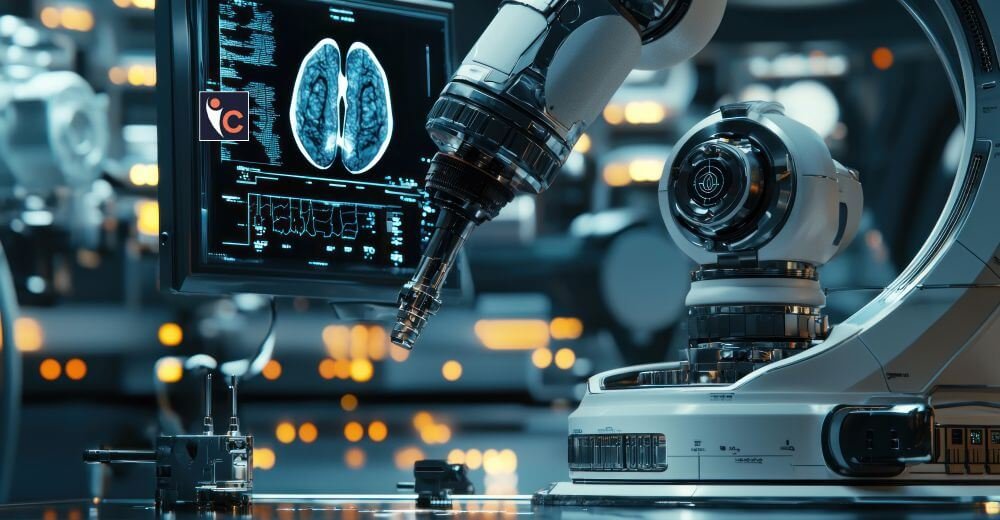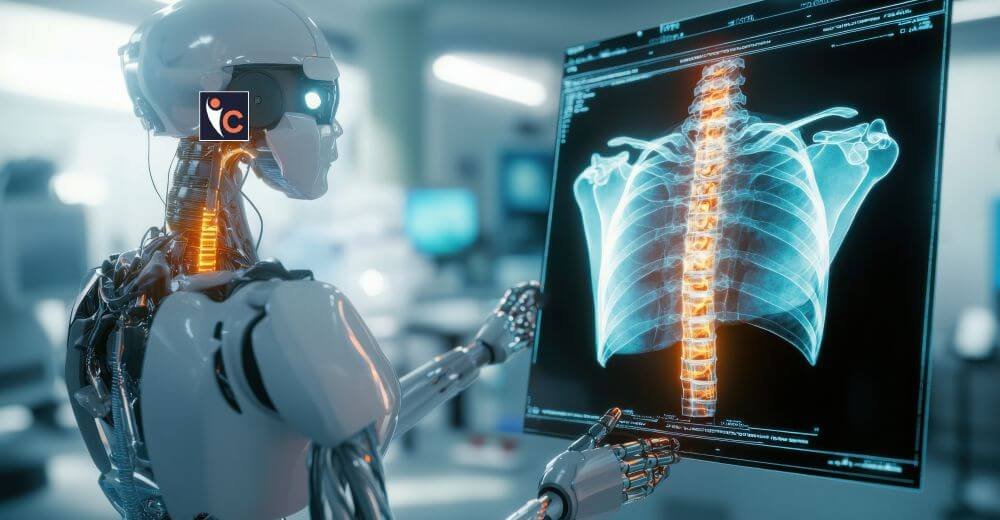Revolutionizing Recovery
Probably the most sweeping change, in recent years, in spine surgery has been the introduction of robotics in surgical practices. Robotic spine surgery is one of the new frontier approaches to spinal conditions assessment and treatment. It combines precision mechanics with state-of-the-art imaging capabilities that add numerous benefits compared to other types of spinal interventions for enhanced patient outcomes.
About Robotic Spine Surgery
It refers to the process where robotic systems are employed by surgeons to perform intricate spinal procedures. These systems have enhanced visualization, increased dexterity, and increased accuracy in the placement of screws, rods, and other hardware. Ideally, the primary goal would be reducing invasiveness, which would result in faster recovery periods and better overall surgical results.
In robotics-assisted spinal surgery, fewer large incisions with extensive dissected muscles will be required unlike conventional spine surgical practices. Further, this does not only lower damage to any other tissues at the site; the risk is further reduced upon minimal chances for infections and complicates the operations themselves. This enhances precision, with accuracy enhanced.
It has unparalleled accuracy for one feature, and other robotic spine systems offer real-time assistance to a surgeon, meaning it can come with 3D visualization so as to actually be able to navigate through delicate anatomy. More accurate than such surgery is unbeatable, where a delicate condition, such as in spinal fusions or spinal decompression is the case at hand.
The pre-operative imaging enables surgeons to plan the operation, hence developing a personalized surgical plan. During the procedure, the robotic system ensures instruments are placed with great accuracy. This is critical for optimal alignment and stability in the spine. It has been proven that robotic-assisted surgeries have fewer errors than the traditional methods, and this is directly proportional to the better patient outcomes.
Decreased Recovery Period
Recovery times are significantly expanded by the impact of robotic spine surgery. Hospital stays are much more extended and rehabilitation time is longer with open surgeries. In contrast, patients undergoing robotic-assisted procedures tend to have much shorter hospitalizations. Most patients are permitted to go home a day after surgery. Even some patients are allowed to go home on the same day.
Robotic spine surgery is minimally invasive, offering patients less pain and discomfort following the surgery. Reduced tissue damage translates to speedy recovery and even lower chances of complications such as blood clots or infections from developing. Growing patient satisfaction alters the perception towards surgery as if it were to be considered part of the easy health care provision processes.
Advancements in Surgery
Research indicates that patients who undergo robotic-assisted procedures have lower rates of complications such as nerve damage and operation-related pain. Furthermore, the accuracy of robotic systems leads to better fixation of spinal instrumentation, which is crucial for surgery success.
With the aim of fusing two adjacent vertebrae through spinal fusion surgeries, robotic spine surgery enhances fusion rates considerably. Several studies have shown that there is better long-term follow-up results with the patients following a robotic-assisted spinal fusion, such as reduced rates of revision surgeries, recurrence of spinal disorders, and overall improvement in quality of life after surgeries.
Long-term benefits of the surgery are increasingly being noted. With fewer complications and better initial outcomes, patients can expect enhanced functionality and mobility over time. This is particularly important for older adults and individuals with pre-existing health conditions who may have previously faced higher surgical risks.
Long-term evidence shows robotic-assisted patients achieve better satisfaction rates once they encounter favorable surgical outcomes. The surgical approach demonstrates effectiveness because it results in improved patient-reported outcomes together with lower pain experience and better physical activity results.
The Future of Spine Surgery
Research indicates that robotic spine surgery will expand its role because of advancing technology. Modern surgical research focuses on two main areas: robotic system enhancement together with the development of artificial intelligence capabilities for surgical planning as well as execution. Medical professionals forecast the augmented reality system to become the future standard for spinal surgical real-time clinical choices.
The rising number of surgeons trained in robotic spine surgery leads to projected growth of this procedure across all medical institutions. Patients will gain access to advanced surgical care while medical establishments will establish a new level of spinal health treatment excellence.
Conclusion
The medical field of spinal treatment receives a transformation as this technology enables surgeons to achieve better results for their patients. Medical surgery of the spine now operates under a new standard because of this approach which delivers exceptional precision alongside minimized recovery duration and greater surgical success results. Through our acceptance of robotic surgical developments along with surgical advancements patients will experience improved safer approaches to treat their spinal health needs. Robotics in spine surgery plays a leading role to enhance patient care because of its promising future prospects in medicine.










